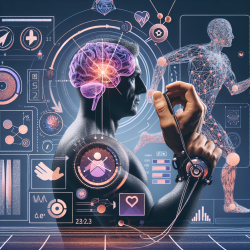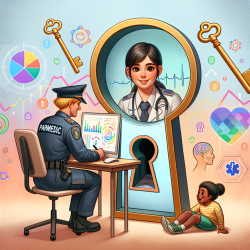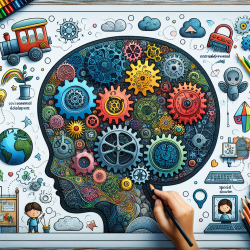Understanding the Role of Sensorimotor Connectivity in Stroke Rehabilitation
In the realm of stroke rehabilitation, the quest for personalized therapeutic interventions is ever-evolving. A recent study titled "Different aspects of hand grip performance associated with structural connectivity of distinct sensorimotor networks in chronic stroke" sheds light on how different brain networks influence hand grip performance in stroke survivors. This research provides a foundation for developing targeted rehabilitation strategies that could significantly enhance patient outcomes.
Key Findings from the Research
The study conducted by Schranz et al. (2023) explores the correlation between hand grip performance and the structural connectivity of sensorimotor networks in individuals who have experienced chronic stroke. The research highlights the following key points:
- Hand grip performance, including grip strength, reaction, and relaxation times, as well as the control of grip force magnitude and direction, is linked to distinct sensorimotor networks.
- Different brain networks are responsible for various aspects of hand grip performance, which results in diverse clinical presentations of upper extremity impairment post-stroke.
- Understanding these network correlates can aid in the creation of personalized rehabilitation interventions targeting specific neural structures.
Practical Implications for Practitioners
For practitioners in the field of stroke rehabilitation, these findings offer a valuable perspective on how to enhance therapeutic approaches. Here are some practical implications:
- Personalized Interventions: By identifying the specific sensorimotor networks involved in a patient's hand grip performance, therapists can tailor interventions to target these networks, potentially improving rehabilitation outcomes.
- Comprehensive Assessments: Incorporating assessments that evaluate the connectivity of sensorimotor networks can provide deeper insights into the nature of a patient's impairment, allowing for more precise treatment planning.
- Collaborative Research: Engaging in further research to explore the relationship between brain network connectivity and motor function can contribute to the development of more effective rehabilitation protocols.
Encouraging Further Research
While this study provides a crucial understanding of the relationship between brain networks and hand grip performance, it also opens the door for further exploration. Practitioners are encouraged to collaborate with researchers to expand on these findings, potentially leading to groundbreaking advancements in stroke rehabilitation.
To read the original research paper, please follow this link: Different aspects of hand grip performance associated with structural connectivity of distinct sensorimotor networks in chronic stroke.










